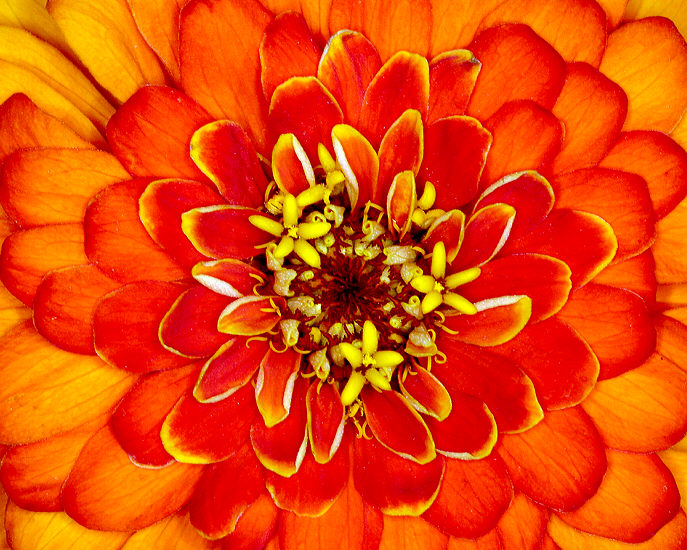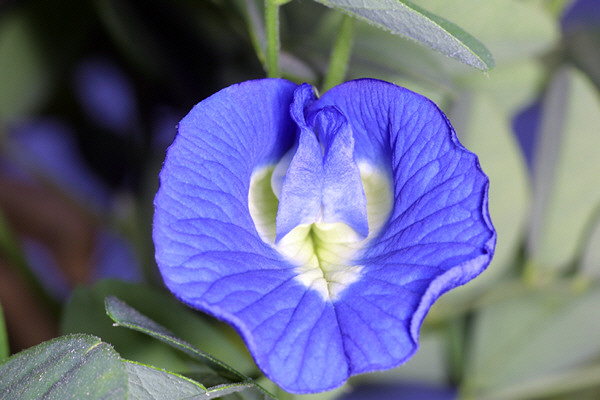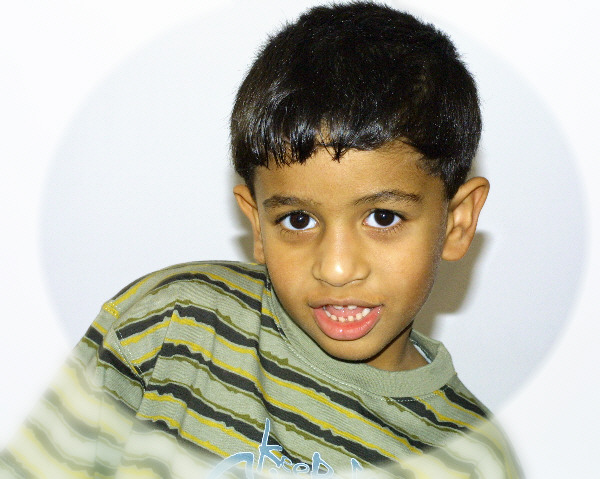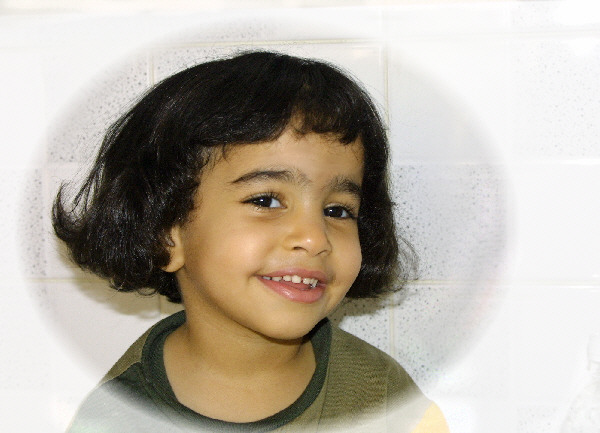
Trying Out a Canon EOS D30
I recently (April 2001) acquired my first consumer digital still camera, a Canon EOS D30. This is basically a mid-range EOS SLR but instead of using film it uses a CMOS detector with 2160x1440 pixels. There have been rave reviews about it and basically I am just confirming them below. The D30 does produce 8"x10" prints that are better than 35mm film! One can go on forever arguing that slow 35mm film should have more resolution (it does) and that because the sensor of the D30 is smaller than a full 35mm frame all images have to be magnified by a factor 1.6 to yield the same size prints (true). So basically the lenses have to be 1.6 times better. Nevertheless when you use excellent quality lenses (I normally use non-zooms anyway) the prints from the D30 simply look better. In the case of 35mm film it's often the case that resolution in the final prints is limited by the film used rather than the quality of the lens. Perhaps for this reason the D30 does not suffer from a resolution setback that one may be expecting. But why do the prints actually look better than from 35mm? In my opinion it's because of the total absence of grain, the excellent colour, tonality and gradation that the D30 delivers. Wide areas of a single colour (e.g. a blue sky) look superbly smooth and "creamy", similar to what you get when you use Ektar 25 film. But with the D30 you can use high ISO equivalents (from 100 to 1600), not the super slow ISO 25 of the Ektar film. In any case I think Kodak may have ceased production of Ektar 25 and the available, faster films are not that "creamy". Here are some D30 examples taken with a 100mm Macro Lens @ f32, and a Macro Ring Lite (flash) on my first day out with the camera:



OK, agreed that the D30 produces beautifulcolours, but what about skin tones? Beautiful too:


The boy was photographed with a Canon EF 50mm/1.8 lens, the 'perfect' portrait lens for the D30 with its 1.6 focal length magnifying effect. The girl was photographed with a Tamron 28 to 300 zoom, at 50mm. Camera's built-in flash used in both, f8 at 1/60th sec, ISO 400. Trust me; any pixillation, moire fringes or other JPEG artifacts are the result of compression for web use. Prints are smooooth, and sharp. At the f8 used for both portraits, there is no discernible difference between the zoom and the prime in 8"x12" prints. The more you push things to the limit, the more the D30 wins out over film. Below is a collage of the planet Mars. The film image was on Fuji ISO 800 colour print film, the map from NASA Mars surveyor satellites and the bottom image was by a D30. Both the film and the D30 images were taken with a Celestron Ultima 2000-8" telescope configured to 24,000mm focal length at f/120, unfortunately with conditions of poor seeing, during our Oman summer when the atmosphere is muggy with heat haze, high humidity and full of dust/sand. Even at this focal length the planet disc on the film is still under 2mm in diameter, so details have to be coaxed out by judicious digital processing (contrast stretching, sharpening, compositing, etc). When push comes to shove, the D30 wins over film, hands down.

For more stuff return to Samir's Home
To drop me an e-mail just
click on:
samirkharusi